Honey bee (Apis mellifera)
The Honey bee (Apis mellifera) makes honey from pollen and nectar collected from flowers. They live in large colonies with one queen, many sterile female workers and some male drones. In the wild, honey bees nest in hollow trees.
When a new queen emerges, she embarks on a mating flight. On returning to her hive, with help from the workers, she kills the failing, old queen. Alternatively, before the new queen emerges, the old queen may leave with a swarm of workers to form a new colony.
Queens live for several years, but summer-born workers live only a few weeks. Those maturing later usually survive the winter by huddling together with the queen and eating stored food. Drones are turned out of the hive in autumn and left to die.
The Honey bee (Apis mellifera) is an important flower pollinator. They sting once and only attack when threatened. But, as with wasps, the ‘smell’ of a bee’s venom causes other bees to attack.
More about honey bees and Bumble bees.
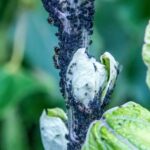
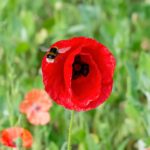
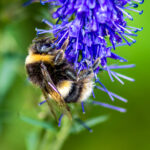
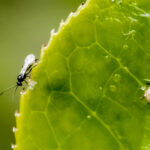
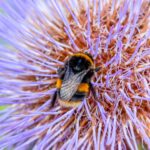
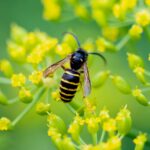
Leave a comment